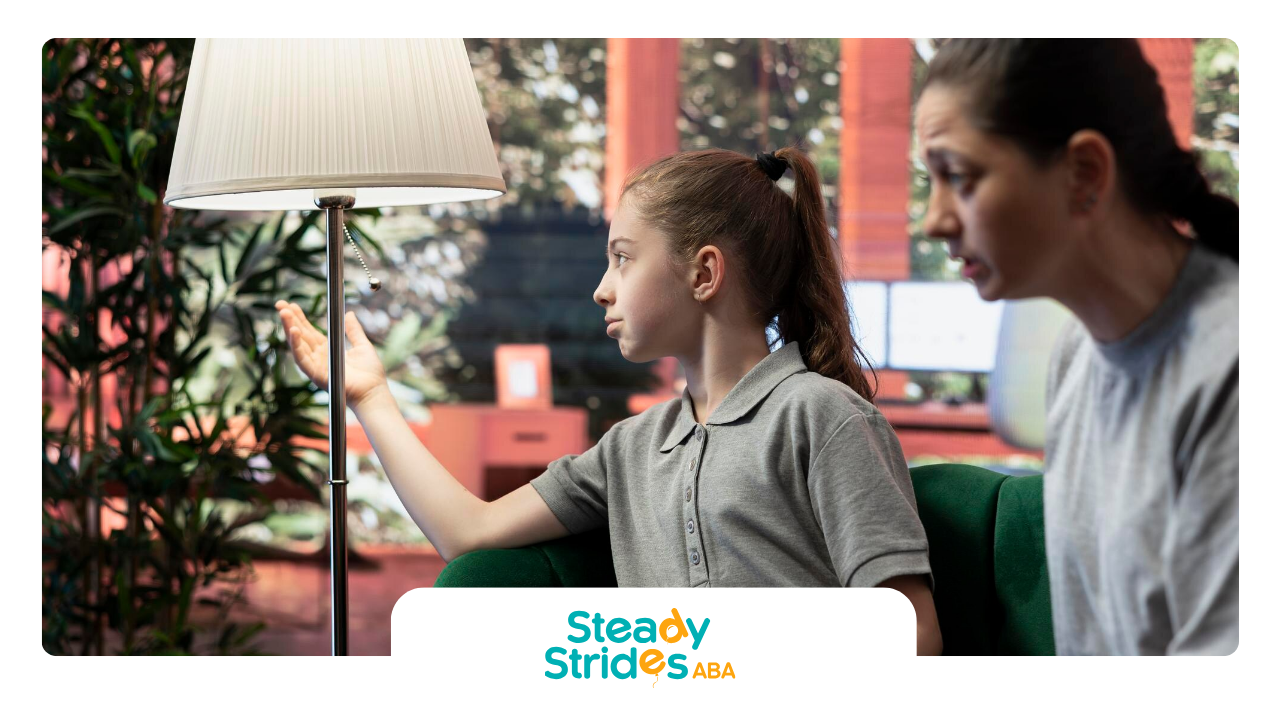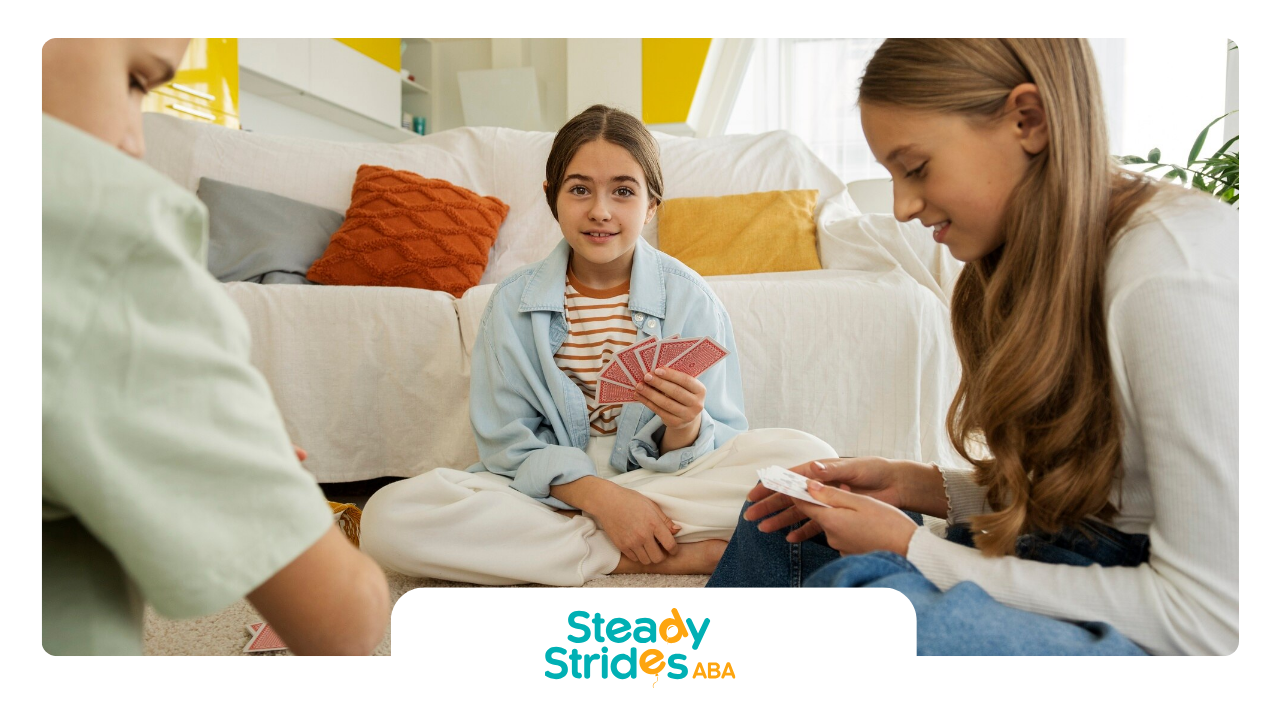Understanding Autism Learning Styles
Different Learning Preferences
Autistic individuals often learn in ways that differ from neurotypical learners. Their learning styles generally fall into categories such as visual learners, auditory learners, kinesthetic learners, logical learners, and social vs. solitary learners. Understanding these preferences is crucial for tailoring educational approaches to meet their unique needs.
- Visual Learners: These individuals learn best through visual aids such as pictures, diagrams, and written instructions. They may enjoy looking at books or watching videos.
- Auditory Learners: These learners prefer listening to information. They may benefit from verbal instructions, discussions, and auditory materials like recordings.
- Kinesthetic Learners: These individuals learn best through hands-on activities and movement. They need to physically engage with their environment to understand new concepts.
- Logical Learners: These learners excel in understanding patterns and logical sequences. They may enjoy solving puzzles and engaging in activities that require critical thinking.
- Social vs. Solitary Learners: Social learners thrive in group settings and collaborative activities, while solitary learners prefer working alone and may need quiet environments to focus.
Importance of Identifying Styles
Identifying the learning styles of autistic individuals is essential for several reasons. Firstly, it allows parents, caregivers, and educators to tailor their teaching materials and approaches to suit the child's preferred learning modality. This personalized approach can significantly enhance the learning experience and improve educational outcomes.
Observing the individual's behavior can provide valuable insights into their primary learning style. For example, a child who enjoys looking at books may be a visual learner, while one who talks excessively might be an auditory learner. Similarly, a child who constantly takes things apart could be a kinesthetic learner.
| Learning Style | Characteristics | Preferred Activities |
|---|---|---|
| Visual | Enjoys looking at books, watching videos | Pictures, diagrams, written instructions |
| Auditory | Talks excessively, enjoys listening | Verbal instructions, discussions, recordings |
| Kinesthetic | Constantly takes things apart, active | Hands-on activities, movement-based learning |
| Logical | Enjoys puzzles, critical thinking | Solving puzzles, logical sequences |
| Social | Thrives in group settings | Collaborative activities |
| Solitary | Prefers working alone | Independent tasks, quiet environments |
Determining a person's learning style and teaching according to that modality can significantly increase the likelihood of learning. If unsure of the child's learning style or teaching a group with different styles, using all three styles together (visual, auditory, kinesthetic) can be beneficial for teaching and learning.
For more information on specific strategies, check out our articles on visual learning strategies for autism and auditory learning techniques for autism. Understanding and adapting to these learning styles can make a significant difference in the educational journey of autistic individuals.
Kinesthetic Learning for Autism
Characteristics of Kinesthetic Learners
Kinesthetic learners, particularly those with autism, thrive when they can physically engage with their environment to understand new concepts. These learners benefit from hands-on experiences and activities that involve movement and touch. They often prefer learning through doing rather than listening or watching. This learning style is characterized by:
- A preference for physical activities and movement.
- The need to manipulate objects to understand concepts.
- Enhanced learning through tactile experiences.
- A tendency to remember information better when it is associated with physical activity.
Benefits of Hands-On Activities
Hands-on activities are highly effective in engaging individuals with autism and promoting active learning. These activities involve interactive and tactile experiences that allow individuals with autism to explore and manipulate objects, facilitating comprehension and retention of information. The benefits of hands-on activities include:
- Enhanced Comprehension: Physical engagement helps kinesthetic learners understand and retain information better.
- Improved Problem-Solving Skills: Interactive activities encourage critical thinking and problem-solving.
- Fine Motor Development: Manipulating objects helps develop fine motor skills.
- Social Interaction:
Group activities promote social skills and teamwork.
| Benefit | Description |
|---|---|
| Enhanced Comprehension | Physical engagement aids in understanding and retention. |
| Improved Problem-Solving Skills | Encourages critical thinking and problem-solving. |
| Fine Motor Skills | Helps develop fine motor skills through manipulation of objects. |
| Social Interaction | Promotes social skills and teamwork through group activities. |
Incorporating hands-on activities into teaching can create dynamic and engaging learning experiences that cater to the unique needs and strengths of individuals with autism. For more information on different learning styles, visit our article on autism learning styles.
To further support kinesthetic learners, educators and parents can integrate sensory activities, interactive games, and manipulatives into their teaching strategies. This approach not only enhances the learning experience but also addresses the sensory needs of children with autism, as atypical sensory responses are common among individuals with Autism Spectrum Disorder (ASD). For additional strategies, explore our resources on best practices for teaching students with autism.
Adapting Learning Strategies
Adapting learning strategies for autistic children, particularly those who are kinesthetic learners, involves creating a structured routine and incorporating multi-sensory learning. These approaches can significantly enhance the educational experience and effectiveness for these students.
Creating a Structured Routine
Creating a structured routine is essential for autistic children as it provides predictability and reduces anxiety. A well-defined schedule helps them understand what to expect and when, making transitions between activities smoother. Here are some practical ways to establish a structured routine:
- Consistent Daily Schedule: Implement a daily schedule that includes specific times for various activities such as learning, play, meals, and rest. Consistency is key to helping children feel secure and focused.
- Visual Timetables: Use visual aids like charts or picture schedules to represent the daily routine. This can be particularly helpful for children who respond well to visual cues.
- Clear Instructions: Provide clear and concise instructions for each activity. Breaking tasks into smaller, manageable steps can help children understand and complete them more effectively.
- Predictable Transitions: Use signals or cues to indicate transitions between activities. This could be a specific sound, a visual cue, or a verbal reminder.
Incorporating Multi-Sensory Learning
Incorporating multi-sensory learning involves engaging multiple senses to enhance the learning experience. This approach can be particularly beneficial for kinesthetic learners who thrive on hands-on activities. Here are some strategies to incorporate multi-sensory learning:
- Tactile Activities: Use materials that children can touch and manipulate, such as clay, sand, or textured objects. These activities can help reinforce learning concepts through physical interaction.
- Auditory Elements: Integrate sounds, music, or verbal instructions into learning activities. This can be particularly effective for children who respond well to auditory cues.
- Visual Supports: Utilize visual aids such as pictures, diagrams, and videos to complement verbal instructions. Visual supports can help children better understand and retain information.
- Movement-Based Learning: Incorporate physical activities that involve movement, such as dancing, jumping, or role-playing. These activities can help kinesthetic learners engage with the material in a meaningful way.
Tailoring Education for Autistic Children
Role of Applied Behavior Analysis (ABA)
Applied Behavior Analysis (ABA) therapy plays a crucial role in tailoring learning approaches to suit each autistic child's strengths. ABA therapy involves assessing the child's learning style and developing personalized intervention plans using reinforcement strategies to build essential skills. This method is particularly effective for kinesthetic learners, who benefit from hands-on activities and physical engagement.
ABA therapy focuses on understanding the individual needs of each child and creating structured routines that promote learning. By identifying the specific triggers and motivators for each child, ABA therapists can design activities that encourage positive behaviors and reduce challenging ones. This personalized approach ensures that the learning experience is both effective and enjoyable for the child.
Personalized Intervention Plans
Personalized intervention plans are essential for addressing the unique needs of autistic children. These plans are developed based on a thorough assessment of the child's strengths, weaknesses, and learning preferences. For kinesthetic learners, incorporating movement and physical activities into the learning process can significantly enhance their ability to understand and retain information.
Intervention plans may include a variety of strategies, such as:
- Sensory Activities: Engaging the child's sense of touch and body movements through activities like playdough, sand play, or textured materials.
- Interactive Games: Using games that require physical movement, such as obstacle courses or scavenger hunts, to teach new concepts.
- Manipulatives: Incorporating objects that the child can handle and manipulate, such as building blocks or puzzles, to reinforce learning.
These strategies not only cater to the child's kinesthetic learning style but also help in developing their social and cognitive skills. Early intervention is key, as it can promote the development of social cognition, improve social interactions, and enhance overall social functioning.
Accommodations and Modifications
Supporting Disabled Students
Supporting disabled students involves providing accommodations and modifications to ensure they have equal access to education. Accommodations include changes in timing, formatting, setting, scheduling, response, and/or presentation to allow students to complete the same tests and assignments as their nondisabled peers. These adjustments are designed to minimize or eliminate the effects of the student's disability, leveling the playing field.
| Type of Accommodation | Description |
|---|---|
| Timing | Extended time on tests and assignments |
| Formatting | Large print or Braille materials |
| Setting | Quiet room for taking tests |
| Scheduling | Breaks during long tasks |
| Response | Use of a scribe or computer for responses |
| Presentation | Oral instructions or visual aids |
IEP vs. 504 Plan
Understanding the differences between an Individualized Education Program (IEP) and a 504 Plan is crucial for providing appropriate support to students with disabilities. Both plans aim to provide accommodations, but they differ in scope and services.
IEP (Individualized Education Program):
- Designed for students who qualify for special education services.
- Includes accommodations and modifications.
- Provides "related services" such as counseling, occupational therapy, physical therapy, and speech/language therapy.
- Documented in Section III of the IEP: Special Considerations and Accommodations.
504 Plan:
- Designed for students who do not qualify for special education but still require accommodations.
- Offers accommodations only, not modifications.
- Does not include related services.
- Students receive a 504 Accommodation Plan from their school.
Enhancing Learning Experience
Enhancing the learning experience for autistic children involves addressing their unique sensory processing needs and incorporating interactive learning approaches. These strategies can significantly improve their engagement and comprehension.
Sensory Processing Support
Sensory processing support is crucial for autistic students. Accommodations may include sensory processing aids, behavioral supports, and tools for improving comprehension, reading, and written expression. Understanding and addressing sensory processing difficulties can improve the quality of life for individuals with autism and their families
Interactive Learning Approaches
Interactive learning approaches are highly effective for engaging individuals with autism. Hands-on activities promote active learning by involving interactive and tactile experiences. These activities allow individuals with autism to explore and manipulate objects, facilitating comprehension and retention of information
Final Thoughts
Understanding and adapting to an autistic child’s learning style is key to fostering meaningful education and skill development. By incorporating personalized strategies such as visual aids, hands-on activities, and structured routines, parents and educators can create an engaging and supportive learning environment.
At Steady Strides, we specialize in ABA therapy that tailors learning approaches to fit each child’s unique strengths. Contact us today to learn how we can support your child’s educational journey!
Sources:
- https://autism.org/learning-styles-autism/
- https://www.autism.org.uk/advice-and-guidance/topics/communication/communication-tools/visual-supports
- https://xminds.org/accommodations
- https://pmc.ncbi.nlm.nih.gov/articles/PMC3086654/












